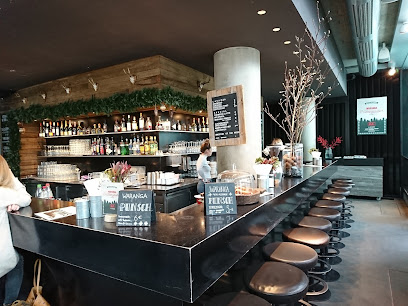
Marktbrunnen: A Cannstatt Landmark
Discover the Marktbrunnen in Stuttgart-Bad Cannstatt, a historic fountain surrounded by charming shops and cafes, reflecting the area's rich heritage and vibrant atmosphere.
The Marktbrunnen, located in the heart of Stuttgart's Bad Cannstatt district, is more than just a fountain; it's a historical and artistic centerpiece. Dating back to the early 18th century, with significant enhancements in the 19th, this ornate fountain reflects the rich history of the area. Featuring intricate ironwork and symbolic sculptures, the Marktbrunnen serves as a gathering place for locals and a point of interest for tourists exploring the charming streets of Bad Cannstatt. Its location amidst shops and cafes makes it a perfect spot to pause and soak in the atmosphere of this historic district, known for its mineral springs and vibrant cultural scene. The fountain's continuous flow of fresh water provides a refreshing respite, inviting visitors to appreciate the blend of history and modern life that defines Bad Cannstatt. Whether you're interested in the fountain's artistic details, its historical context, or simply a pleasant place to relax, the Marktbrunnen offers a delightful experience.
A brief summary to Marktbrunnen
- Stuttgart, Bad Cannstatt, 70372, DE
- Monday 12 am-12 am
- Tuesday 12 am-12 am
- Wednesday 12 am-12 am
- Thursday 12 am-12 am
- Friday 12 am-12 am
- Saturday 12 am-12 am
- Sunday 12 am-12 am
Local tips
- Visit during the weekly market for a lively atmosphere and local produce.
- Take a stroll along Marktstraße to explore the shops and cafes surrounding the fountain.
- Explore the nearby mineral baths to experience Bad Cannstatt's historic spa culture.
Getting There
-
Public Transport
From Bad Cannstatt station, a major transport hub, the Marktbrunnen is approximately a 10-minute walk. Exit the station towards the city center and follow the signs for Marktstraße. Walk straight along Marktstraße; the Marktbrunnen will be visible on your left. Several bus lines also stop near Wilhelmsplatz, a short walk from the fountain. A single VVS ticket costs around €2.60.
-
Walking
From Wilhelmsplatz, a central square in Bad Cannstatt, walk east along Marktstraße. The Marktbrunnen is located approximately 200 meters from Wilhelmsplatz on the left side of the street. The walk is flat and easily accessible.
-
Taxi/Ride-Share
A taxi or ride-share from Bad Cannstatt station to the Marktbrunnen costs approximately €8-€12, depending on traffic. The journey takes around 5 minutes. Request to be dropped off at Marktstraße near the fountain.
Discover more about Marktbrunnen
Iconic landmarks you can’t miss
Polizeibrunnen
0.0 km
Explore Polizeibrunnen, a stunning fountain in Stuttgart that embodies the city's rich heritage and artistic beauty, perfect for leisurely strolls and memorable photos.
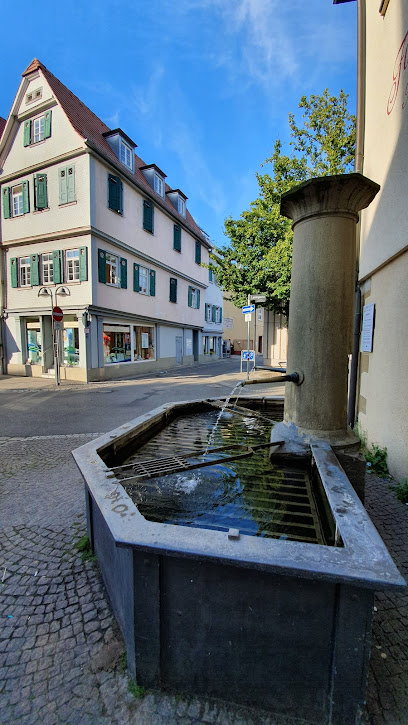
Jakobsbrunnen
0.1 km
Experience the historical allure of Jakobsbrunnen in Stuttgart's Bad Cannstatt, where art, culture, and tranquility converge to create a captivating tourist attraction.
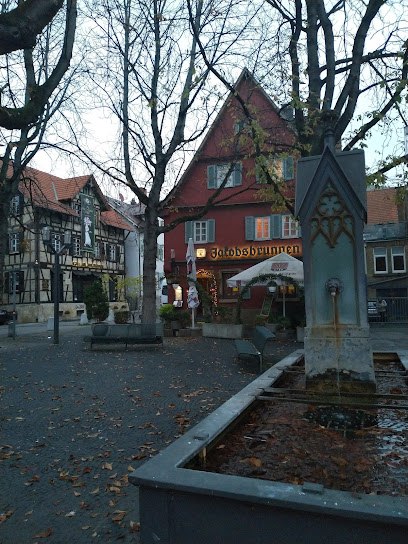
Kellerbrunnen
0.1 km
Explore Kellerbrunnen, a historical fountain in Stuttgart's Bad Cannstatt, where beauty and tranquility meet cultural heritage.
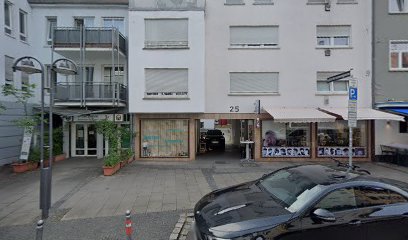
Stadtmuseum Bad Cannstatt
0.2 km
Immerse yourself in Stuttgart's vibrant history at Stadtmuseum Bad Cannstatt, where every exhibit tells a story of the region's rich cultural heritage.
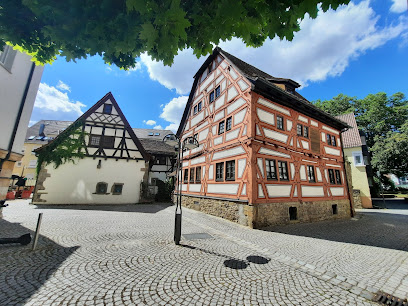
Rosensteinbunker
0.2 km
Explore the historical depths of Stuttgart at the Rosensteinbunker, a preserved World War II landmark showcasing the city's rich wartime heritage.
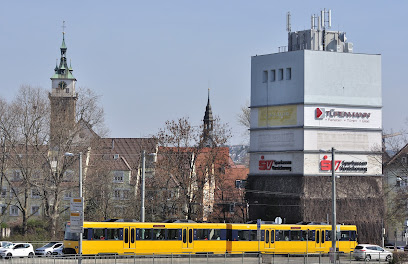
Junobrunnen
0.6 km
Explore Junobrunnen in Stuttgart: a serene fountain and cultural landmark surrounded by beautiful gardens, perfect for relaxation and reflection.
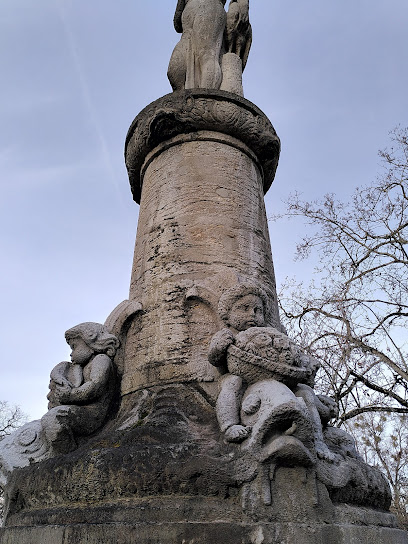
König-Karls-Brücke
0.7 km
Discover the beauty and history of Stuttgart at König-Karls-Brücke, an architectural treasure with stunning views and rich cultural significance.
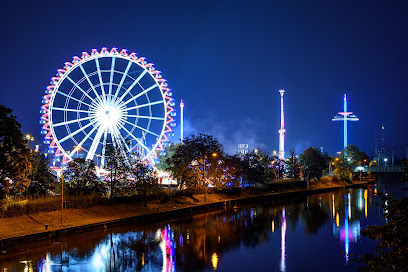
Lautenschlägerbrunnen
0.7 km
Experience the charm of Lautenschlägerbrunnen, Stuttgart's iconic drinking water fountain offering a serene escape in the heart of Bad Cannstatt.
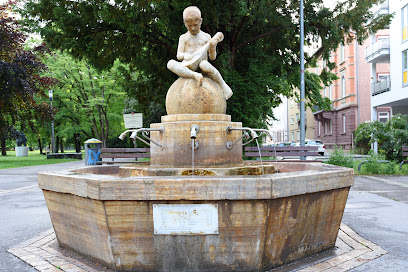
Reiterstandbild von König Wilhelm I. von Württemberg
0.7 km
Explore Stuttgart's royal heritage at the majestic equestrian statue of King Wilhelm I of Württemberg, a must-visit tourist attraction.
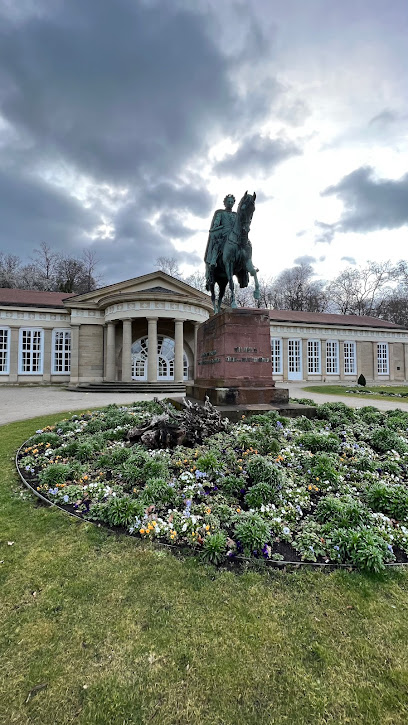
Castra of Stuttgart-Bad Cannstatt
0.8 km
Explore the Castra of Stuttgart-Bad Cannstatt, an ancient Roman archaeological site showcasing military architecture and rich history in scenic Stuttgart.
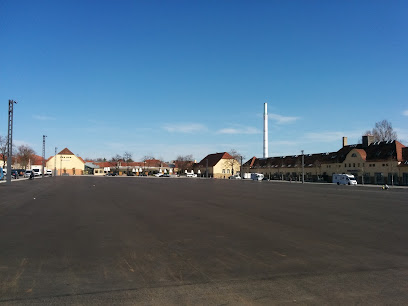
Gedenkstätte Nordbahnhof
2.1 km
Discover the poignant history of Gedenkstätte Nordbahnhof, a memorial park in Stuttgart dedicated to honoring the victims of persecution and war.
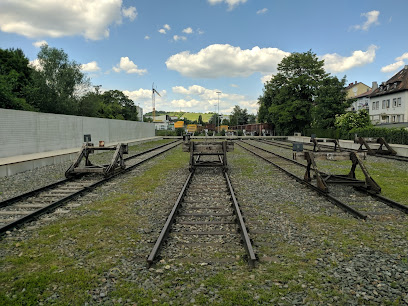
Bastion Leibfried
2.1 km
Explore the historic Bastion Leibfried in Stuttgart, offering stunning views, rich architecture, and a tranquil escape in the city center.
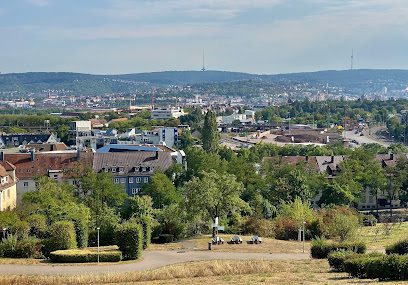
Mahatma-Gandhi-Statue
2.3 km
Explore the Mahatma Gandhi Statue in Stuttgart, a powerful symbol of peace and non-violence surrounded by serene gardens.
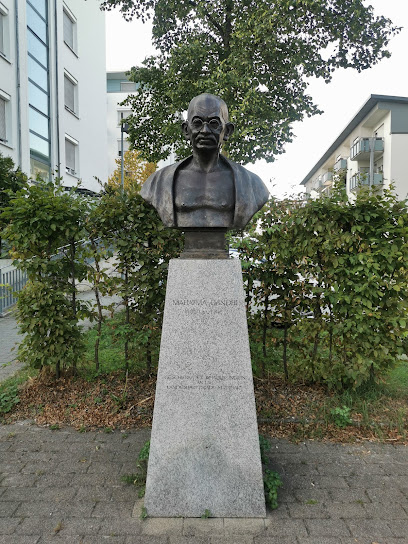
Bruddlerstaffel
3.3 km
Discover Bruddlerstaffel, a picturesque tourist attraction in Stuttgart-Ost, where history meets natural beauty, perfect for a relaxing day out.
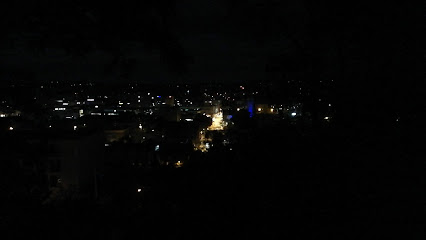
Offizielle Stadtführungen Stuttgart
3.5 km
Uncover the charm of Stuttgart with official city tours that blend history, culture, and modernity in a vibrant German metropolis.
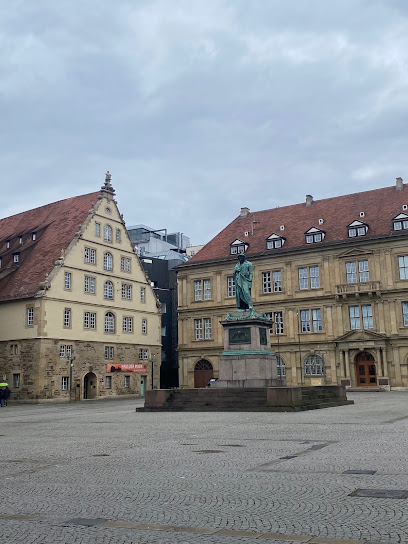
Unmissable attractions to see
Fontänenbrunnen
0.0 km
Discover the refreshing Fontänenbrunnen on Stuttgart's Marktplatz, a tranquil oasis in the heart of Bad Cannstatt, offering a peaceful escape amidst the city's vibrant atmosphere.
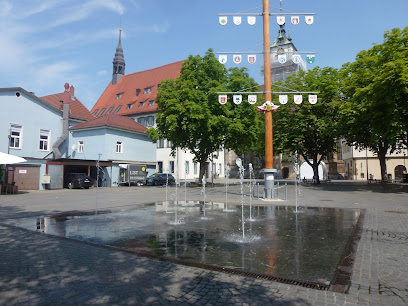
Felgerhof
0.1 km
Explore Felgerhof, Stuttgart: A Tourist Attraction Blending Cultural Heritage with Scenic Beauty for an Unforgettable Experience.

Wilhelma
0.5 km
Explore Wilhelma in Stuttgart: A unique blend of zoo and botanical garden with stunning Moorish architecture, offering a captivating experience for all ages.
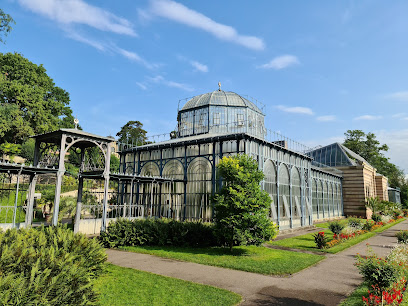
Christmas Garden Stuttgart
0.5 km
Experience the magic of the holiday season at Christmas Garden Stuttgart, where millions of lights transform Wilhelma into a dazzling winter wonderland from mid-November to early January.
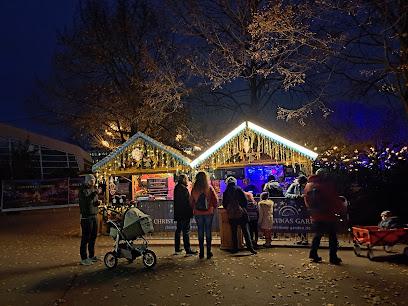
Auquellbrunnen
0.6 km
Experience Stuttgart's mineral water heritage at Auquellbrunnen, a public fountain offering naturally sourced refreshment and a glimpse into local culture in Bad Cannstatt.
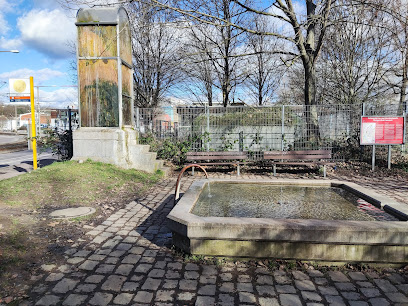
Azaleenhaus
0.6 km
Discover a vibrant floral paradise at Stuttgart's Wilhelma, where the Azaleenhaus showcases a stunning collection of azaleas in a historic greenhouse setting, a feast for the senses.
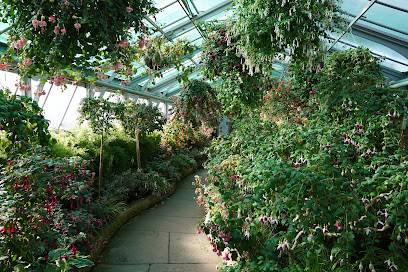
Maurischer Garten Stuttgart
0.7 km
Discover the exotic beauty of Stuttgart's Maurischer Garten, a Moorish Revival masterpiece within the Wilhelma, showcasing stunning architecture and diverse botanical collections.
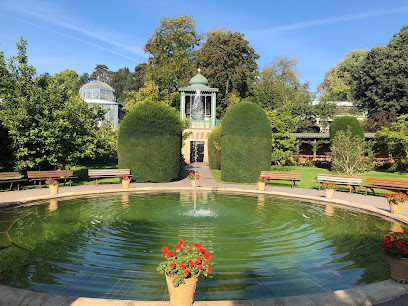
Gottlieb-Daimler-Gedächtnisstätte
0.8 km
Uncover the legacy of automotive innovation at Stuttgart's Gottlieb-Daimler-Gedächtnisstätte, a museum dedicated to the pioneer of the automobile industry.
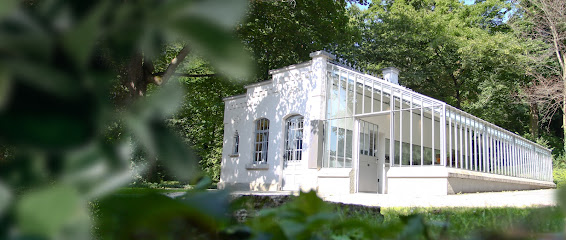
Naturkundemuseum Stuttgart, Schloss Rosenstein
0.8 km
Explore the wonders of the natural world within the historic Rosenstein Castle, Stuttgart, with captivating exhibits from dinosaurs to diverse ecosystems, offering an enriching experience for all ages.
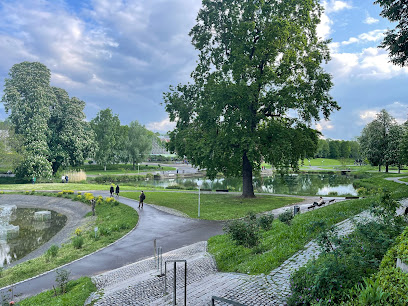
Schlosssee
0.9 km
Escape to the serene beauty of Schlosssee in Stuttgart's Bad Cannstatt, a picturesque lake offering tranquility, recreation, and a refreshing natural retreat near Wilhelma Zoo.
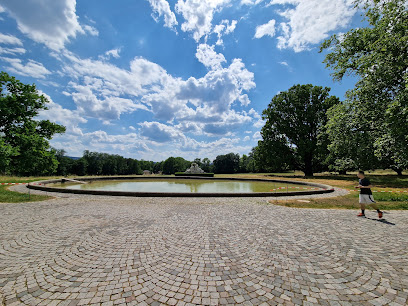
Wasserspiel Stadtarchiv Bad Cannstatt
1.2 km
Discover the serene beauty of Wasserspiel Stadtarchiv in Stuttgart-Bad Cannstatt, a modern water feature blending art and tranquility in the city's oldest district, a perfect urban escape.
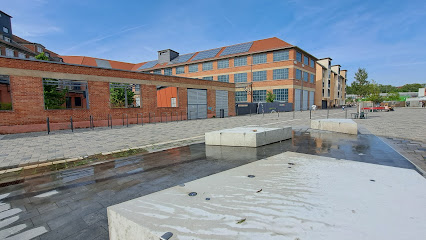
Tor-Brunnen
1.2 km
Tor-Brunnen: Experience Stuttgart's historical charm through this serene fountain surrounded by lush greenery and captivating architecture.
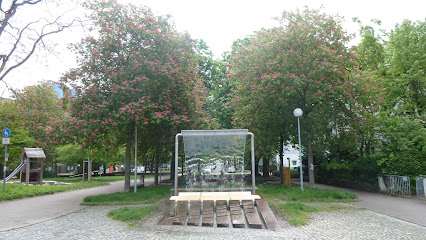
Travertinsäulen Stuttgart
1.3 km
Explore the stunning Travertin Columns in Stuttgart, a historical landmark that beautifully merges architecture and nature amidst tranquil surroundings.
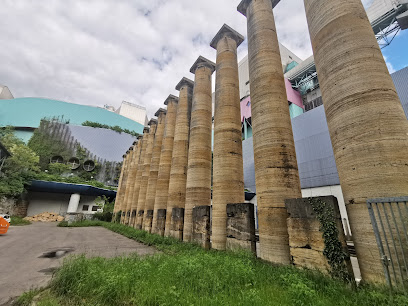
Unterer Schlossgarten
1.3 km
Discover Stuttgart's Unterer Schlossgarten: A historic green oasis offering tranquility, recreation, and a vibrant event calendar in the heart of the city.
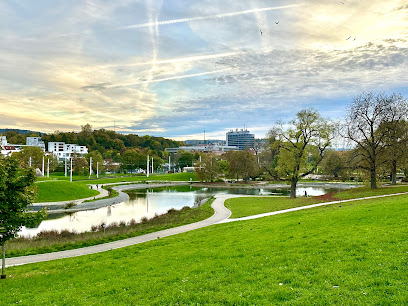
Travertinpark
1.4 km
Explore the serene beauty of Travertinpark in Stuttgart, a state park filled with stunning travertine formations and lush landscapes for nature lovers.

Essential places to dine
Zur Sattlerei
0.0 km
Discover the rich flavors of Swabia at Zur Sattlerei - Stuttgart's premier destination for authentic regional cuisine.
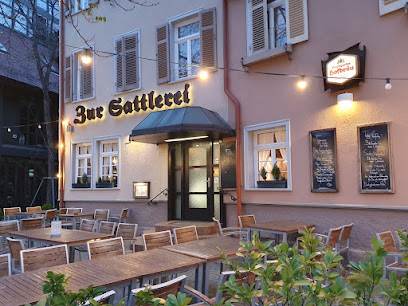
Der Rote Hirsch
0.0 km
Experience authentic Swabian cuisine and local wines at Der Rote Hirsch in Stuttgart's vibrant culinary scene.
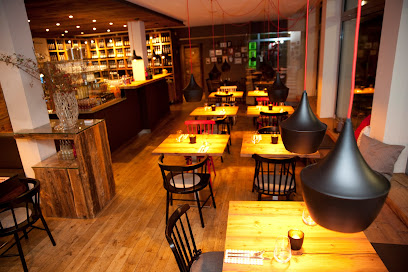
Weinstube am Stadtgraben
0.1 km
Experience the finest European and Swabian cuisine at Weinstube am Stadtgraben in Stuttgart, where culinary tradition meets modern elegance.
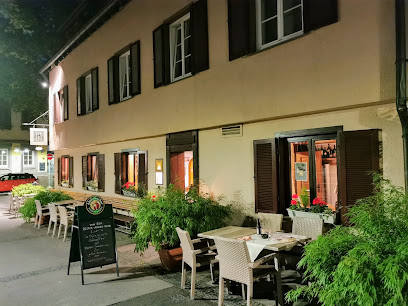
Restaurant & Pizzeria Zur Schreinerei
0.1 km
Discover authentic Swabian cuisine and delicious pizzas at Restaurant & Pizzeria Zur Schreinerei in Stuttgart's Bad Cannstatt district.
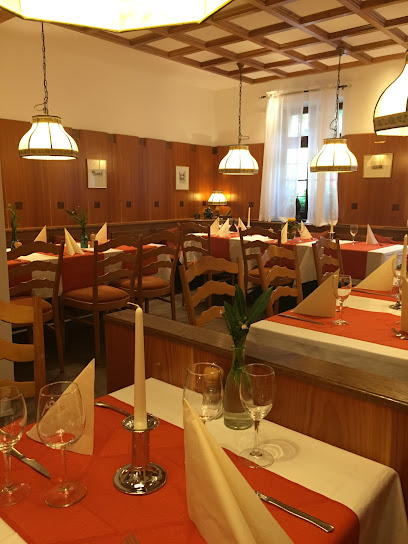
Restaurant zum Ackerbürger - Stuttgart
0.1 km
Experience the finest German and Pacific Rim cuisine at Restaurant zum Ackerbürger in Stuttgart - where every dish tells a story.
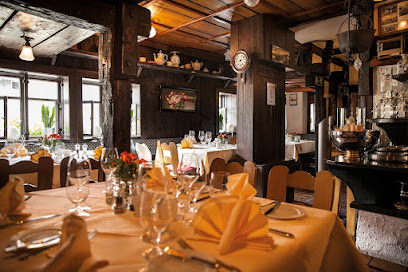
Sophie's Beer Garden
0.1 km
Discover authentic Swabian flavors at Sophie's Beer Garden in Bad Cannstatt - where hearty meals meet vibrant atmosphere.
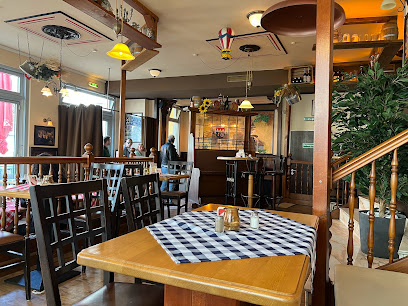
The Little Greek Taverna
0.1 km
Experience authentic Greek cuisine at The Little Greek Taverna in Stuttgart – where every dish tells a story.
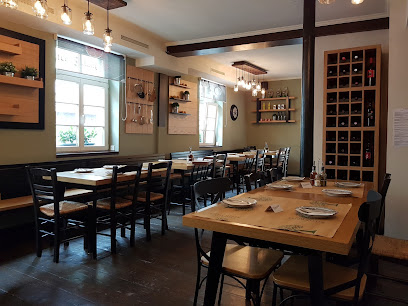
Zur alten Schmiede
0.2 km
Discover authentic Swabian flavors at Zur alten Schmiede in Stuttgart - where tradition meets culinary excellence.
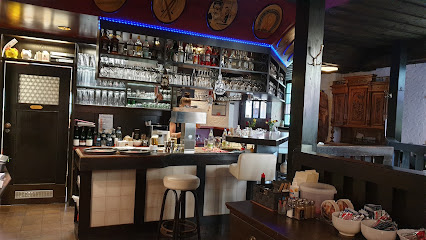
Restaurant Äquator
0.6 km
Discover authentic African cuisine at Restaurant Äquator in Stuttgart – a culinary journey full of vibrant flavors and warm hospitality.
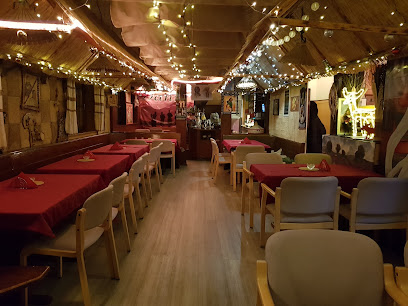
PILUM
1.0 km
Discover the perfect blend of Mediterranean charm and Swabian tradition at PILUM in Stuttgart.
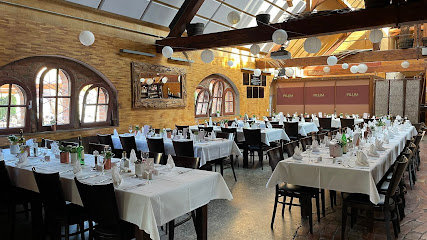
Bar & Grill Bellevue
2.9 km
Experience authentic German cuisine at Bar & Grill Bellevue in Stuttgart – where tradition meets contemporary dining.
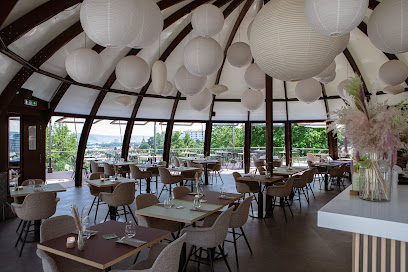
Kleinschmeckerei
3.0 km
Discover Kleinschmeckerei in Stuttgart - where exceptional steaks meet inviting ambiance for an unforgettable dining experience.
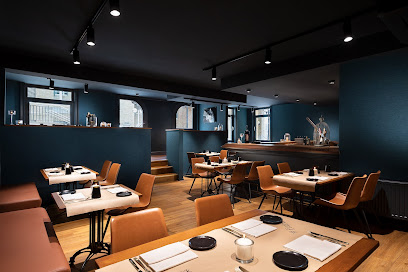
Ambiente Africa
3.6 km
Discover authentic East African flavors at Ambiente Africa in Stuttgart - a culinary journey you won't forget!
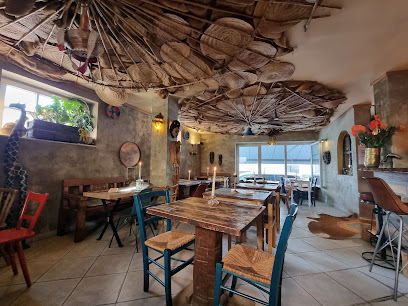
Plenum - Stuttgart
3.7 km
Experience exquisite dining at Plenum in Stuttgart, where local flavors meet international cuisine in an elegant setting.
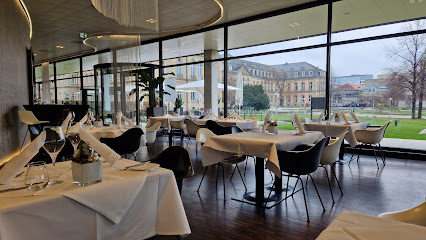
YouDinner - a creative dining community
3.8 km
Experience Stuttgart's culinary creativity at YouDinner, where every meal is an artistic expression of flavor and passion.
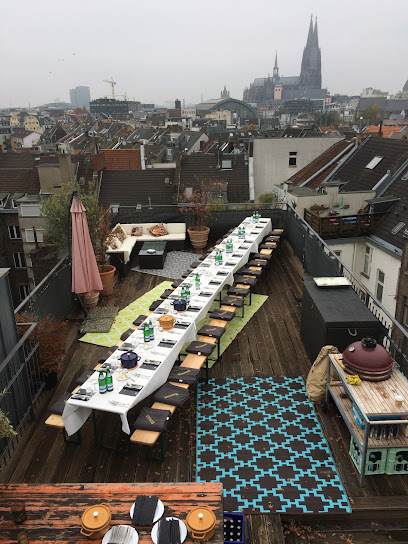
Markets, malls and hidden boutiques
Weltladen Bad Cannstatt
0.1 km
Explore the charm of Weltladen Bad Cannstatt, a gift shop where unique treasures and organic delights await in Stuttgart's vibrant district.
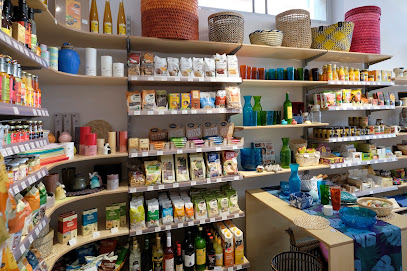
DIVINA Marina
0.1 km
Explore the chic and stylish world of women's fashion at DIVINA Marina, a boutique in Stuttgart offering unique clothing and personalized service.
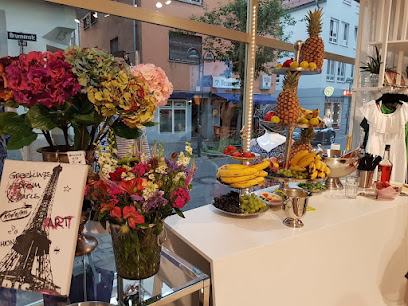
Mode Boutique
0.2 km
Explore Stuttgart's Mode Boutique for trendy clothing and unique accessories that embody contemporary German fashion.
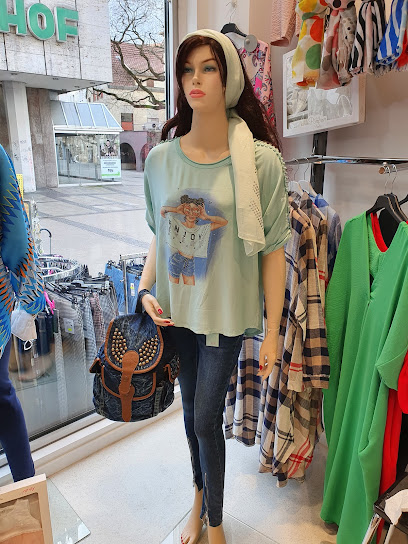
EuroShop
0.3 km
Explore EuroShop in Stuttgart for amazing gifts, home goods, and unbeatable prices. A shopping paradise for every traveler!
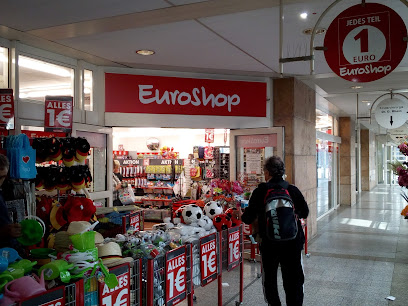
Galaxy Fashion arabische & islamische Mode - Stuttgart
0.3 km
Explore authentic Arabic and Islamic fashion at Galaxy Fashion in Stuttgart, offering a unique blend of tradition and modern style for every occasion.
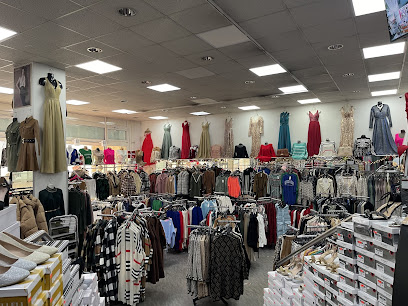
Boutique Niveau
0.3 km
Explore Boutique Niveau in Stuttgart for trendy and unique clothing that blends local flair with international styles in a charming atmosphere.
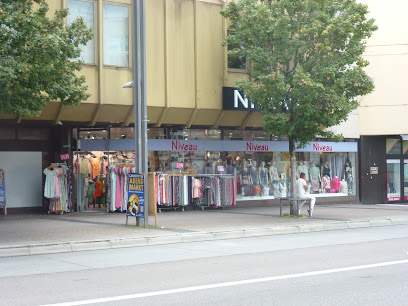
ZRED UG (haftungsbeschränkt)
0.4 km
Experience the unique blend of fashion and refreshment at ZRED UG in Stuttgart, where local trends meet delightful shopping.

Wilhelma-Shop
0.5 km
Explore Wilhelma-Shop, Stuttgart's charming souvenir store, offering unique gifts that embody the local culture and history, perfect for every traveler.
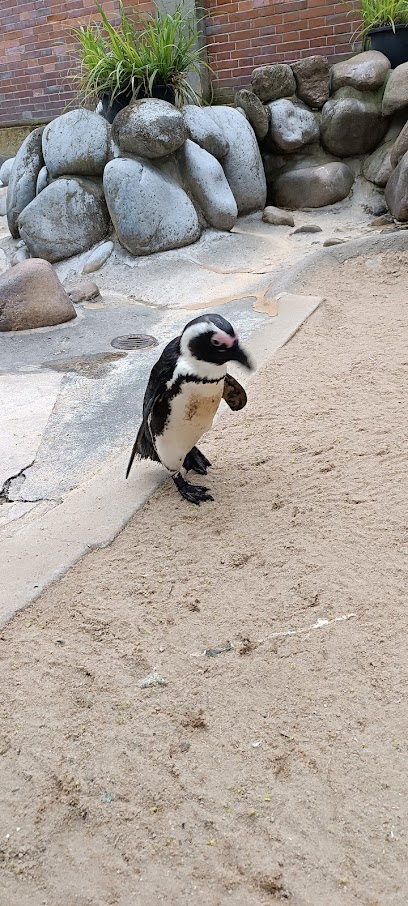
C&A
0.7 km
Explore the stylish and affordable clothing options at C&A in Stuttgart, a one-stop destination for fashionable attire for the whole family.
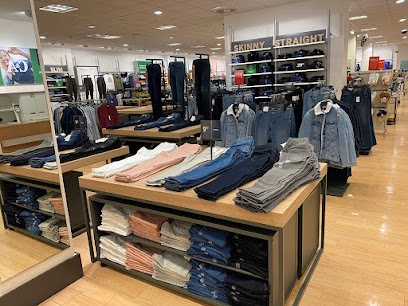
LULU BABYSHOP
0.7 km
Discover stylish and comfortable baby clothing at LULU BABYSHOP in Stuttgart, perfect for your little ones' wardrobe needs.
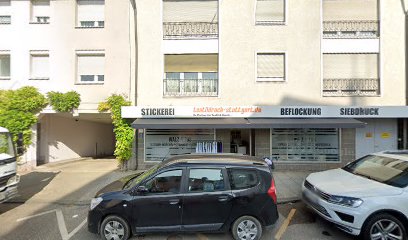
MILANEO Stuttgart
2.8 km
Explore MILANEO Stuttgart, a dynamic shopping mall with diverse stores, delightful dining, and engaging entertainment for the whole family.
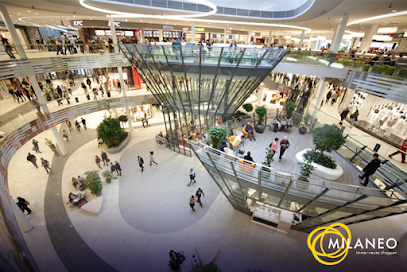
Elbenwald
2.8 km
Explore Elbenwald in Stuttgart: Your ultimate destination for themed gifts, clothing, and collectibles from the realms of fantasy and pop culture.

Cedon Museum Shops GmbH
3.5 km
Explore Cedon Museum Shops GmbH in Stuttgart for unique art-inspired gifts and souvenirs reflecting the city's rich cultural heritage.
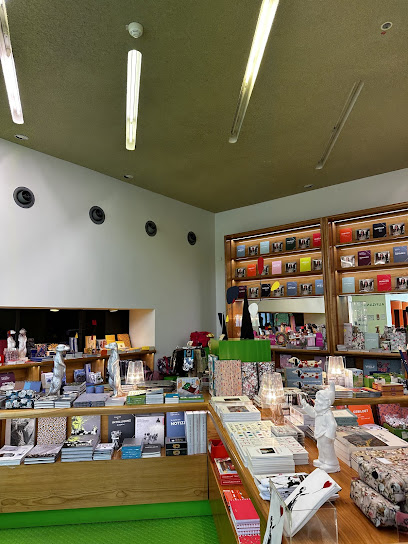
GALERIA Kaufhof
3.5 km
Discover a world of shopping at GALERIA Kaufhof in Stuttgart, featuring top brands and a delightful atmosphere for every visitor.
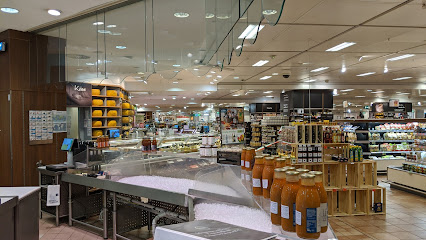
Pylones
3.7 km
Explore Pylones in Stuttgart for unique gifts and home goods that blend creativity and fun, making every visit a delightful adventure.
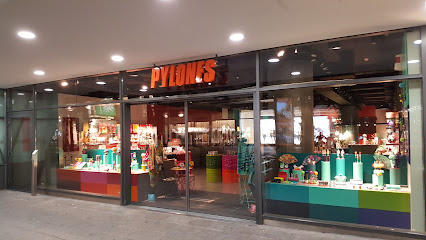
Essential bars & hidden hideouts
DMC Bar
0.1 km
Discover the vibrant atmosphere of DMC Bar in Stuttgart, where eclectic drinks and friendly service create an unforgettable nightlife experience.
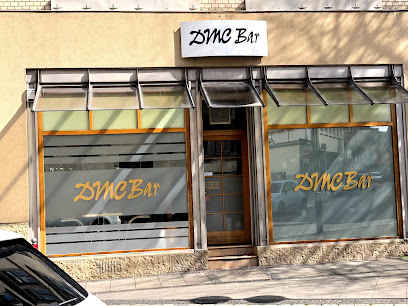
Bar Fortysix
0.2 km
Experience the authentic nightlife of Stuttgart at Bar Fortysix, where local charm meets a vibrant atmosphere.

Pirates The Rock Mezé Bar
0.2 km
Experience the vibrant Mediterranean flavors and lively atmosphere at Pirates The Rock Mezé Bar in Stuttgart's Bad Cannstatt.
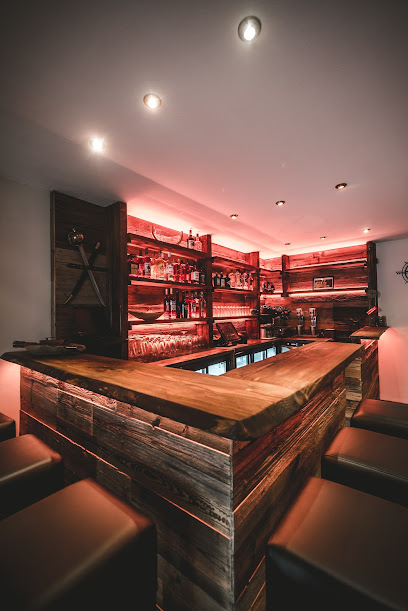
Vintage Bar & Cafe
0.2 km
Experience the charm of Vintage Bar & Cafe in Stuttgart, where traditional flavors meet modern dining in a cozy gastropub atmosphere.
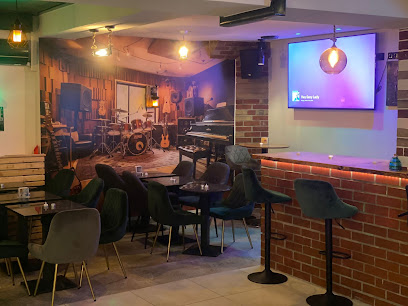
The Corner - Stuttgart
0.2 km
Discover the vibrant nightlife at The Corner, Stuttgart's iconic bar in Bad Cannstatt, offering a delightful drink selection and a lively atmosphere.
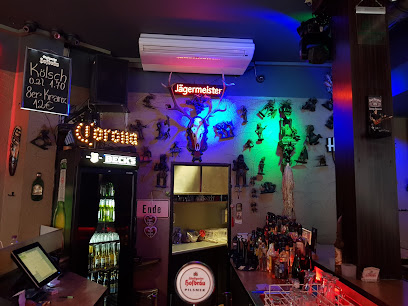
The Times Bar- Die Bar zeitlosen Idolen - Stuttgart
0.3 km
Experience Stuttgart's vibrant nightlife at The Times Bar, where exquisite cocktails and a stylish lounge atmosphere await.
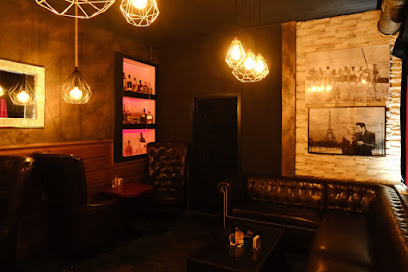
AROMA Cafe Bar
0.3 km
Discover the charm of Aroma Cafe Bar in Stuttgart, where exceptional coffee meets a remarkable wine selection and live music events.
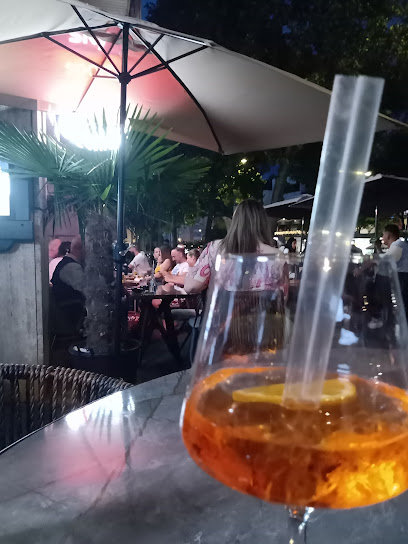
MiLi Cafe Bar
0.3 km
Discover the vibrant atmosphere of MiLi Cafe Bar in Stuttgart, where delightful drinks meet a cozy ambiance for an unforgettable experience.
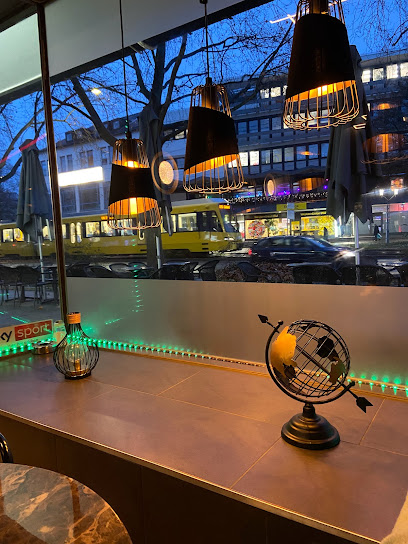
Elegance Bar
0.3 km
Experience the vibrant nightlife of Stuttgart at Elegance Bar, where stylish ambiance meets a diverse drink menu for an unforgettable evening.
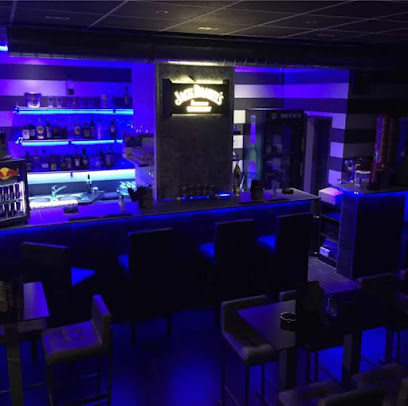
Palm Beach Stuttgart
1.7 km
Discover Palm Beach Stuttgart: Where Culinary Delights and Sports Passion Unite for an Unforgettable Experience.
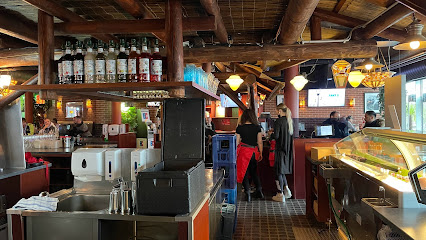
Bar Lillet
3.0 km
Experience the best of Stuttgart nightlife at Bar Lillet, where innovative cocktails and culinary delights await in a stylish setting.
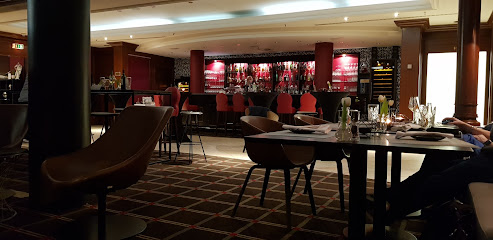
Sky Beach Stuttgart
3.6 km
Experience Stuttgart from above at Sky Beach, a luxurious rooftop bar offering stunning city views and exquisite cocktails in a vibrant atmosphere.
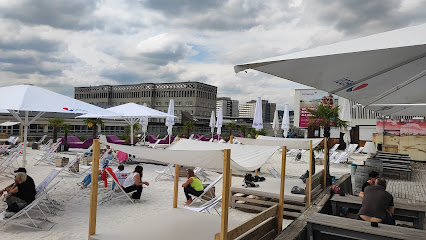
El Teatro - Cocktails • Cigars • Tastings
3.8 km
Discover Stuttgart's vibrant nightlife at El Teatro, where exceptional cocktails and fine cigars create an unforgettable experience.
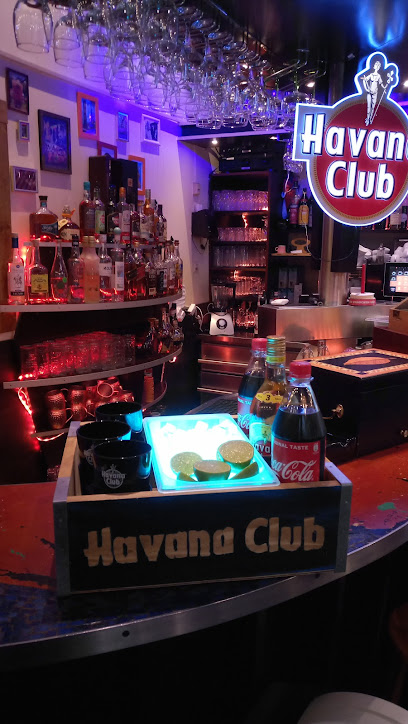
Palast der Republik - Stuttgart
3.9 km
Discover Stuttgart's nightlife at Palast der Republik, where local flavors and vibrant atmosphere combine for an unforgettable bar experience.
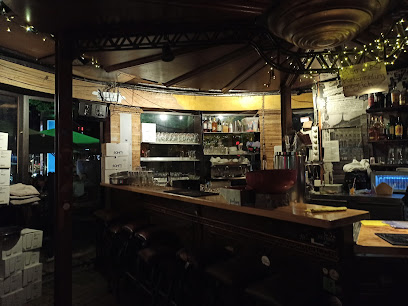
Waranga
4.0 km
Experience the vibrant nightlife at Waranga, Stuttgart's trendy bar offering a diverse drink selection and an inviting atmosphere.
